Forests have always been crucial to the planet’s biodiversity, serving as home to countless species of plants, animals, and microorganisms. Throughout history, certain forests have stood out for their remarkable ecological richness and unique environments. These forests, scattered across the globe, provide a glimpse into the past, offering us a window into ecosystems that have remained largely untouched by human activity. In this article, we explore some of the most unique and biodiverse forests that have played a significant role in Earth’s natural heritage. Each of these forests tells a story of nature’s resilience and the vital importance of preserving these irreplaceable habitats.
Białowieża Forest, Poland/Belarus
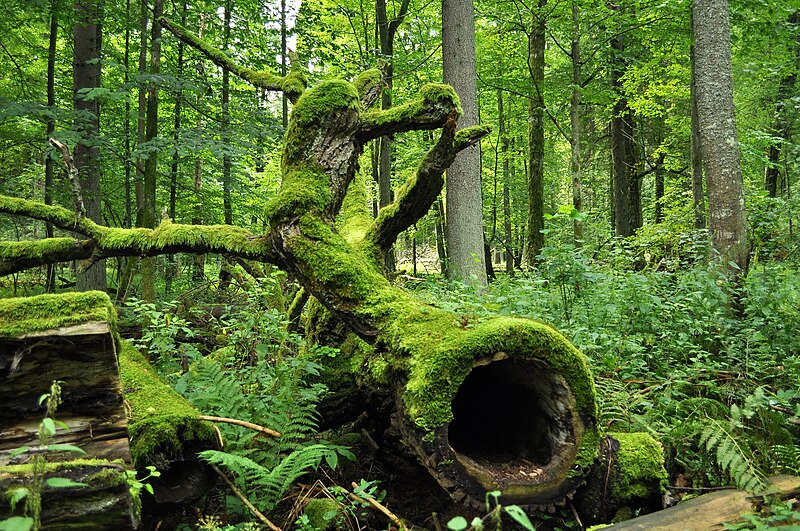
Białowieża Forest is a UNESCO World Heritage site and one of the last and largest remaining parts of the primeval forest that once spread across the European Plain. It is home to a rich variety of flora and fauna, including the European bison, the continent’s heaviest land animal. Ancient trees, some over 500 years old, create a mystical atmosphere that harks back to a time when much of Europe was forested. The forest’s understory teems with diverse plant species, and its wetlands are crucial for many bird species. Despite modern challenges, Białowieża remains a symbol of Europe’s natural heritage.
Daintree Rainforest, Australia
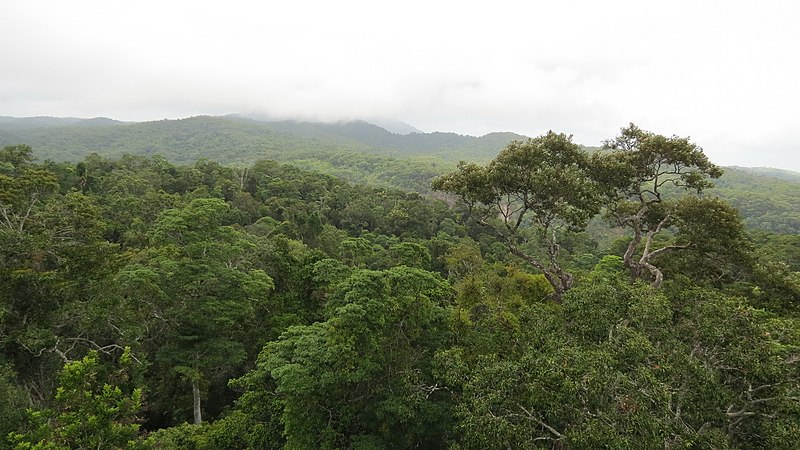
The Daintree Rainforest in Queensland is the oldest tropical rainforest in the world, estimated to be over 135 million years old. This ancient forest harbors an incredible array of species, many of which are found nowhere else on Earth. Its lush greenery, towering trees, and dense canopy are reminiscent of a time when rainforests dominated the planet. The forest is also home to the endangered cassowary, a bird species vital for seed dispersal within the ecosystem. The Daintree’s pristine rivers and waterfalls contribute to its vibrant biodiversity, making it a living relic of Earth’s evolutionary history.
Sinharaja Forest Reserve, Sri Lanka

The Sinharaja Forest Reserve is a UNESCO World Heritage site and a biodiversity hotspot in Sri Lanka. This primary tropical rainforest has remained largely undisturbed for centuries, preserving its rich array of endemic species. The forest’s dense vegetation, combined with its rugged terrain, creates a complex habitat that supports a wide variety of wildlife. Over 50% of the species in Sinharaja are endemic to Sri Lanka, making it a critical area for conservation. The forest’s name, meaning “Lion Kingdom,” reflects its ancient roots and mythical significance in local culture.
Monteverde Cloud Forest, Costa Rica
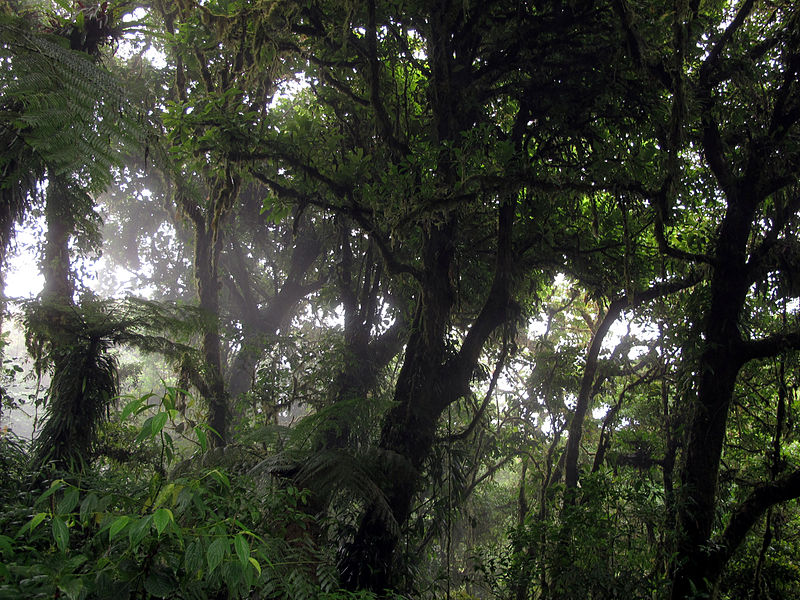
Nestled in the Tilarán Mountains, the Monteverde Cloud Forest is a unique ecosystem where clouds perpetually shroud the treetops. This misty environment fosters an incredible diversity of life, with numerous species adapted to the cool, moist conditions. The forest is home to a variety of epiphytes, including orchids and bromeliads, which thrive in the humid atmosphere. Monteverde is also a haven for birds, such as the resplendent quetzal, and other species that rely on this delicate habitat. The intertwining of flora and fauna here creates a living tapestry that is as beautiful as it is biologically significant.
Congolese Rainforest, Central Africa
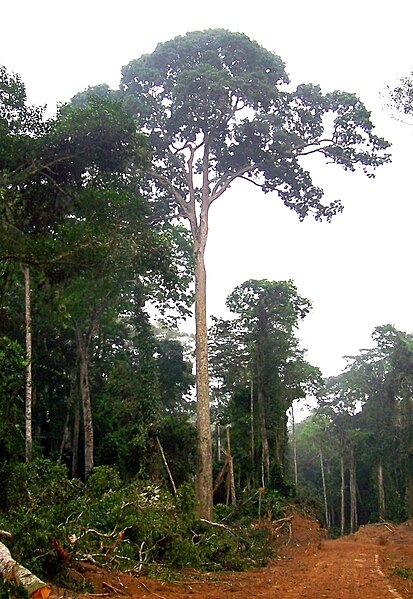
Spanning across six countries, the Congolese Rainforest is the second-largest tropical forest in the world. In the past, it was home to some of the most diverse and dense populations of wildlife on the planet. This forest’s vast expanse shelters iconic species such as the mountain gorilla, forest elephant, and bonobo. The Congolese Rainforest plays a critical role in regulating the global climate, thanks to its carbon storage capacity. Despite the pressures of deforestation and poaching, it remains a vital repository of the Earth’s biodiversity.
Tongass National Forest, United States
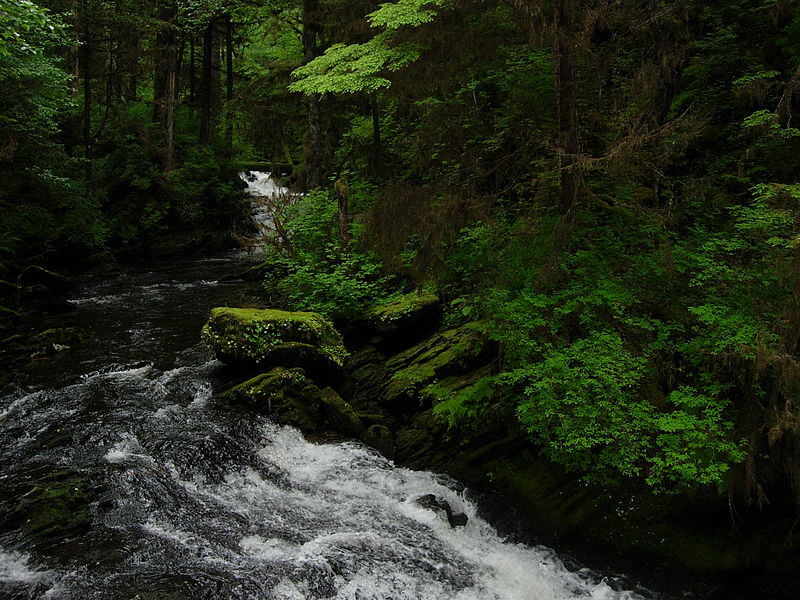
Located in Southeast Alaska, the Tongass National Forest is the largest national forest in the United States. It is part of the temperate rainforest ecosystem, which once stretched along the Pacific Northwest coast. The forest is characterized by towering Sitka spruce and western hemlock trees, some of which are over 800 years old. Tongass is a haven for wildlife, including bald eagles, black bears, and the rare Alexander Archipelago wolf. The region’s pristine rivers and fjords are also crucial habitats for salmon, making the forest a vital link in the marine and terrestrial ecosystems.
Amazon Rainforest, South America
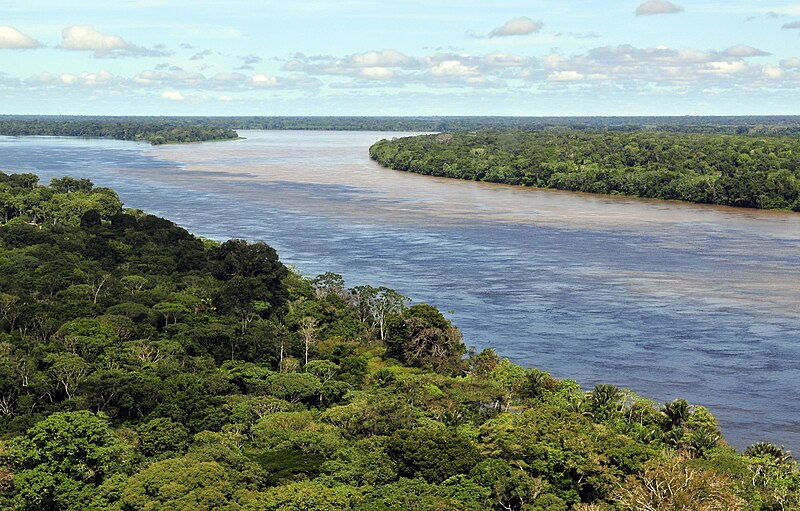
The Amazon Rainforest, often referred to as the “lungs of the Earth,” is the largest tropical rainforest and was historically one of the most biodiverse regions on the planet. Covering parts of nine countries, it is home to millions of species, many of which are still undiscovered. The forest’s intricate ecosystem supports an astonishing variety of plants, animals, and insects, all interdependent in a delicate balance. The Amazon’s river system, the largest in the world, further enriches its biodiversity by creating a mosaic of habitats. Despite its immense size, the Amazon is vulnerable to deforestation and climate change, threatening its ancient biodiversity.
Valdivian Temperate Rainforest, Chile
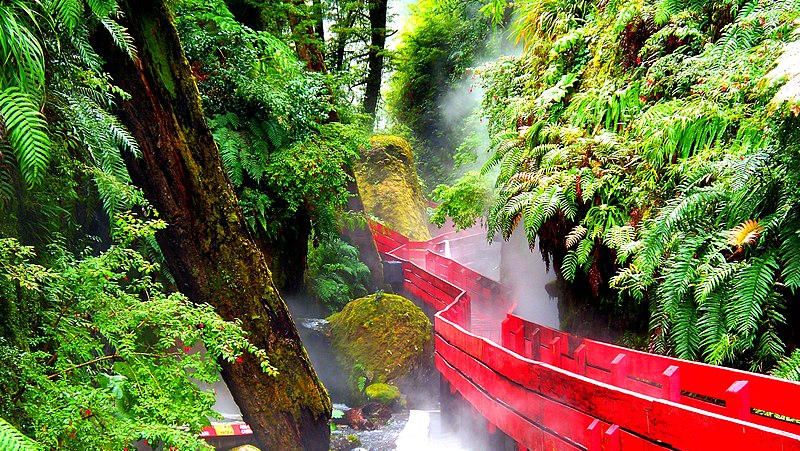
The Valdivian Temperate Rainforest in southern Chile is one of the last remnants of the ancient temperate forests that once covered much of Gondwana. This forest is unique for its mix of broadleaf and coniferous trees, many of which are found nowhere else on Earth. The lush, green undergrowth is home to a variety of ferns, mosses, and epiphytes, contributing to its extraordinary biodiversity. Valdivia is also home to the endangered Chilean deer, known as the huemul, and the elusive kodkod, the smallest wildcat in the Americas. The forest’s isolation and climatic conditions have preserved its ancient ecosystems for millennia.
Sundarbans Mangrove Forest, Bangladesh/India
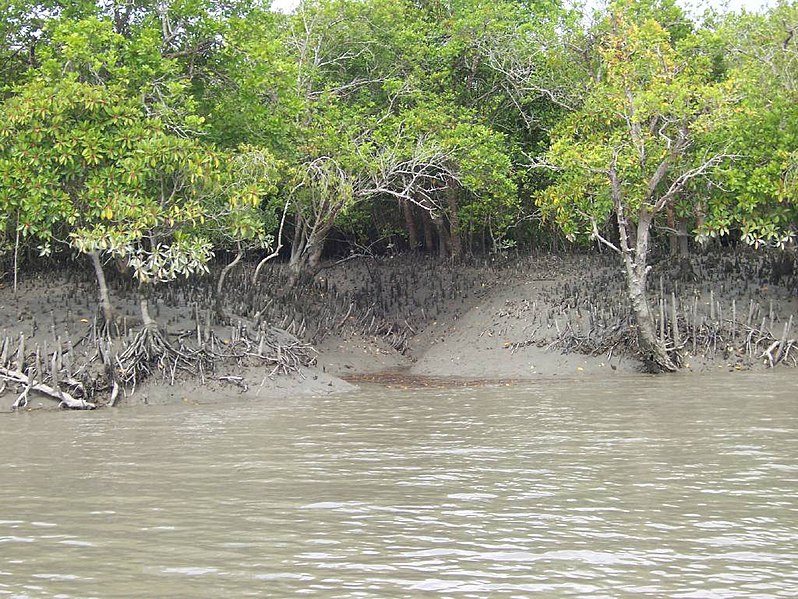
The Sundarbans is the largest mangrove forest in the world, straddling the border between Bangladesh and India. In the past, it was known for its dense network of waterways, tidal forests, and vast biodiversity. The forest is famously home to the Bengal tiger, one of the most elusive and endangered big cats. The mangrove ecosystem provides crucial protection against coastal erosion and storm surges, acting as a natural barrier. However, the Sundarbans’ delicate balance is increasingly threatened by rising sea levels and human encroachment.
Great Bear Rainforest, Canada
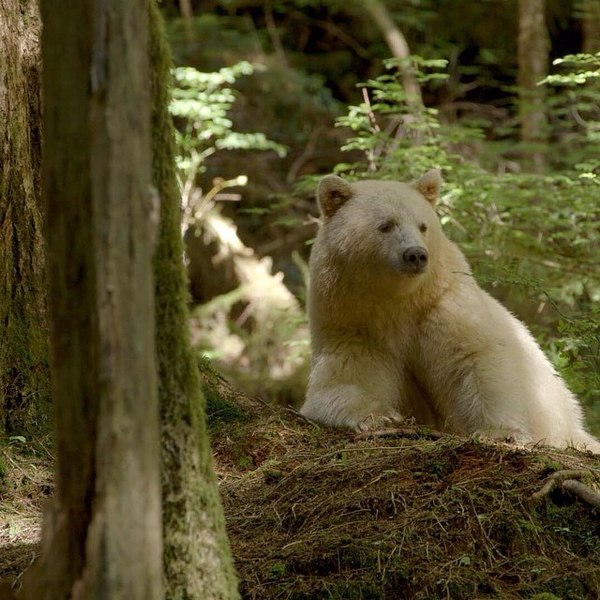
The Great Bear Rainforest, located on the coast of British Columbia, is one of the largest temperate rainforests in the world. This ancient forest is known for its towering cedars and Douglas firs, some of which are over a thousand years old. The forest’s rich biodiversity includes species like the Spirit Bear, a rare white variant of the black bear, and a variety of salmon species. Its complex river systems and estuaries create a mosaic of habitats that support a wide range of wildlife. The Great Bear Rainforest is a testament to the resilience of temperate forests and the importance of indigenous stewardship.
Black Forest, Germany
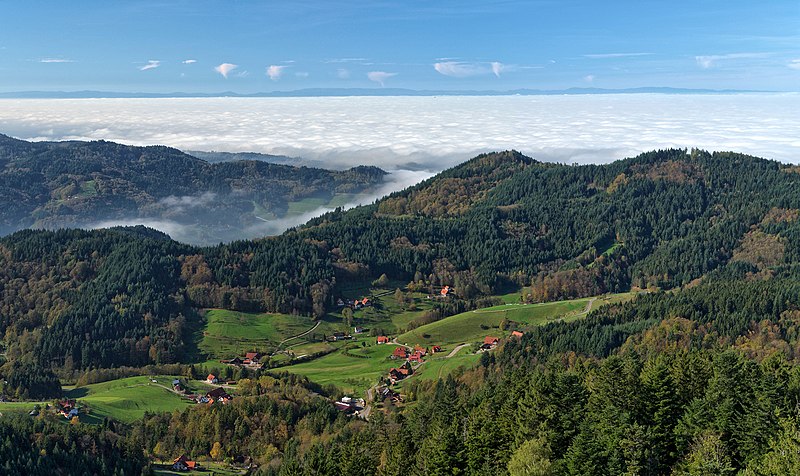
The Black Forest, or Schwarzwald, is a mountainous region in southwestern Germany known for its dense woodlands and rich folklore. Historically, the forest was home to a wide variety of species, including the now-extinct aurochs and lynx. The forest’s name derives from its dense canopy, which often blocks out sunlight, creating a dark and mysterious environment. The Black Forest is also known for its diverse plant life, including numerous species of ferns, mosses, and wildflowers. Today, it remains a popular destination for nature lovers and a symbol of Germany’s natural heritage.
Madagascar’s Rainforests, Madagascar
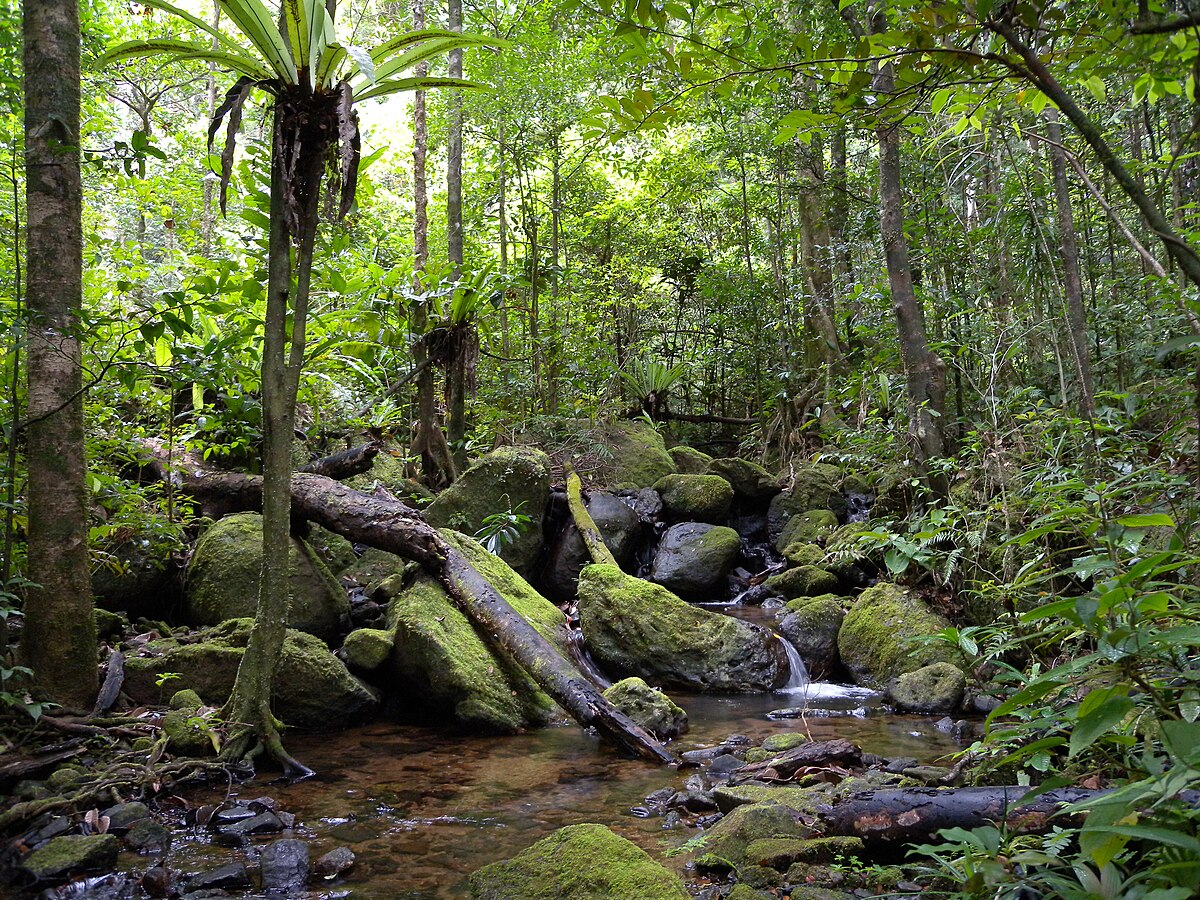
Madagascar’s rainforests are some of the most unique in the world, with a biodiversity that reflects the island’s long isolation from other landmasses. These forests are home to species that exist nowhere else on Earth, such as the lemurs and the fossa, a carnivorous mammal. The forests are also rich in plant diversity, with many endemic species of trees, orchids, and medicinal plants. Madagascar’s rainforests are a living laboratory of evolution, showcasing the processes that have shaped the island’s extraordinary flora and fauna. However, deforestation poses a significant threat to these irreplaceable ecosystems.
Tarkine Forest, Australia
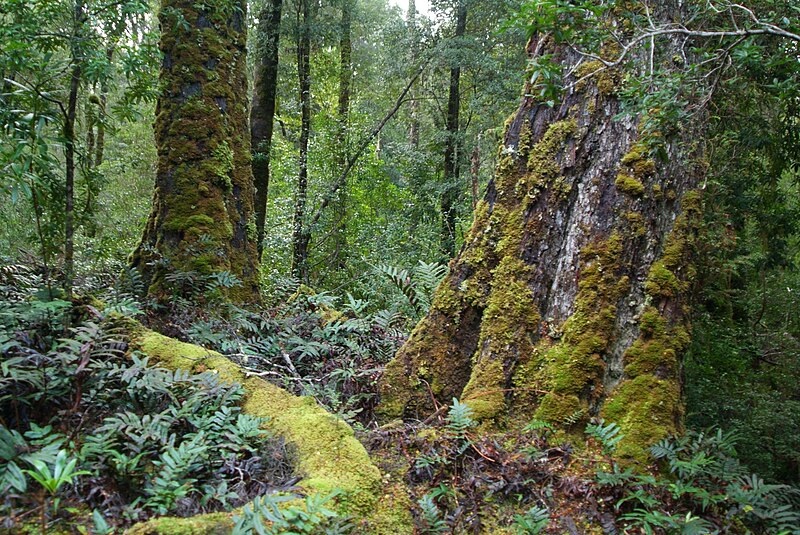
The Tarkine Forest in Tasmania is one of the largest temperate rainforests in the Southern Hemisphere. This ancient forest is home to a variety of rare and endangered species, including the Tasmanian devil and several species of giant trees. The Tarkine’s rich biodiversity is supported by its diverse habitats, ranging from coastal heathlands to dense rainforests. The area is also known for its significant Aboriginal heritage, with many sacred sites and ancient artifacts. The Tarkine remains one of the last great wilderness areas in Australia, representing a critical stronghold for biodiversity.
Arfak Mountains Forest, Indonesia

The Arfak Mountains in West Papua are home to a unique montane forest ecosystem, rich in endemic species. This isolated forest is known for its diverse birdlife, including several species of birds of paradise and the magnificent Vogelkop bowerbird. The forest’s complex terrain and high elevation create a variety of microhabitats, supporting a wide range of plant and animal species. The Arfak Mountains are also known for their vibrant insect life, with many species of butterflies and beetles found only in this region. Despite its remoteness, the forest is increasingly threatened by logging and habitat destruction.
This article originally appeared on Rarest.org.
More From Rarest.Org
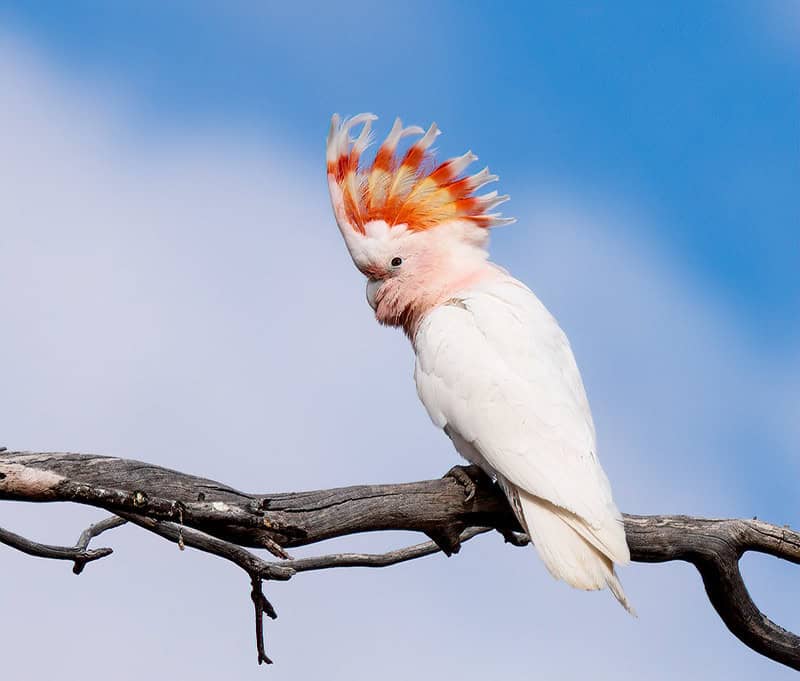
Owning a bird is more than just having a pet; it’s a commitment to caring for a creature that can live for decades and bring endless joy with its vibrant colors, intelligence, and unique personalities. However, some bird species come with a hefty price tag due to their rarity, beauty, and the challenges associated with breeding and caring for them. Read more.
Commemorative coins are more than just currency; they are miniature works of art that capture significant moments, people, and symbols in history. These coins often feature intricate designs, rich details, and precious materials, making them highly sought after by collectors and enthusiasts alike. Read more.
Poaching has posed a severe threat to countless wildlife species around the globe, driving many to the brink of extinction. However, through dedicated conservation efforts and stricter enforcement of laws, several iconic species have been brought back from the edge. Read more.


